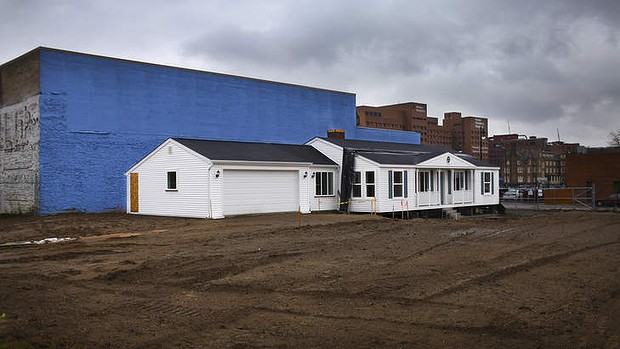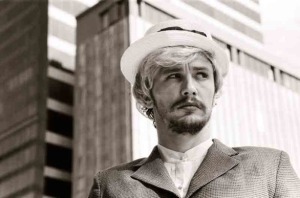Photography has become one of the principle devices for experiencing something, for giving an appearance of participation.
Susan Sontag, On Photography, 1977.
If only Sontag could see us now. Thirty-six years later and with not only the personal (now digital) camera but the camera-phone/ipad and the ability to instantly publicise our experiences and that which we participate in. While she establishes that cameras equalise all events that can be photographed, I wonder what she would think now. Today we cannot go anywhere without taking a photo to remember the event. Whether it be something as everyday as a meal or actual sightseeing there is no end to the amount of photos taken to prove that the photographer participated it what is now an event.
In my opinion the worst example of this participatory photography is by those at a museum or gallery who briskly walk around photographing art works to prove that they saw them. Most often the works are ones that are recognised as important/famous because they have been used in popular culture or are involved in some kind of controversy. Many also photograph works they think are amusing or grotesque – not aesthetically pleasing, interesting or that speak to them on an artistic level. After visiting MoMA in New York over the Summer on a free friday afternoon, myself and my friend had to leave due to the thousands upon thousands of people who were there partaking in this very activity. Admittedly, I wouldn’t want to visit any museum at its peak visiting time, but the amount of visitors in the contemporary exhibition taking photos of Ai Wei Wei’s work and ignoring everything else was extraordinary.

Laura Owsianka, Happy Snap iPad Tourist at the Louvre, Paris, 2012
On a recent trip to Europe my good friend and photographer Laura Owsianka took many of these Thomas Struth-like photos of museum visitors. The main difference between Owsianka’s work and that of Struth’s Museum works (1989-2001) is the visitor using their camera to record their experience of viewing art. By doing this they are also experiencing these works through the camera.
This process of the amateur photographer capturing everything they see has consequences. If we equalise all events through taking photos of them rather than experiencing them ourselves then our experiences will lose meaning all together. When we see art we will only have the second hand experience of viewing each piece. As well, each work is now seen not how the curator wanted us to view the work but in our own incidental, cropped view. If we visit new and foreign attractions our first instinct is to take a photo, but it is the times when no photos are taken that we are able to fully experience. And yes, we won’t have any physical proof or reminders that we did those things but in reality the experiences will change us as people and we will remember.
I’m not saying don’t take photos. There is no way we cannot. It is now in our instinct. Even Sontag realised that in 1977. But experience first, document later.




